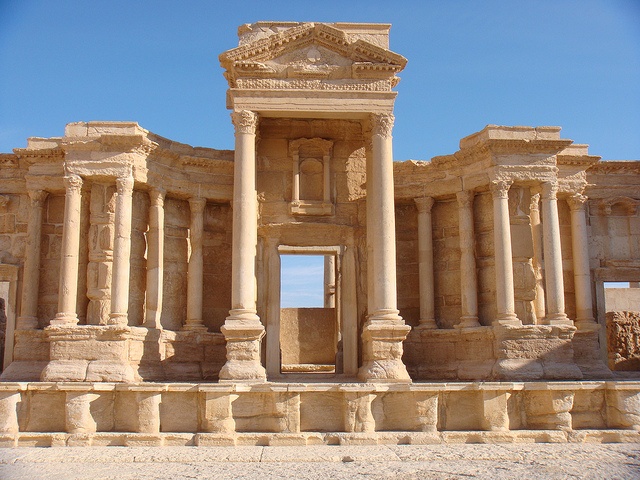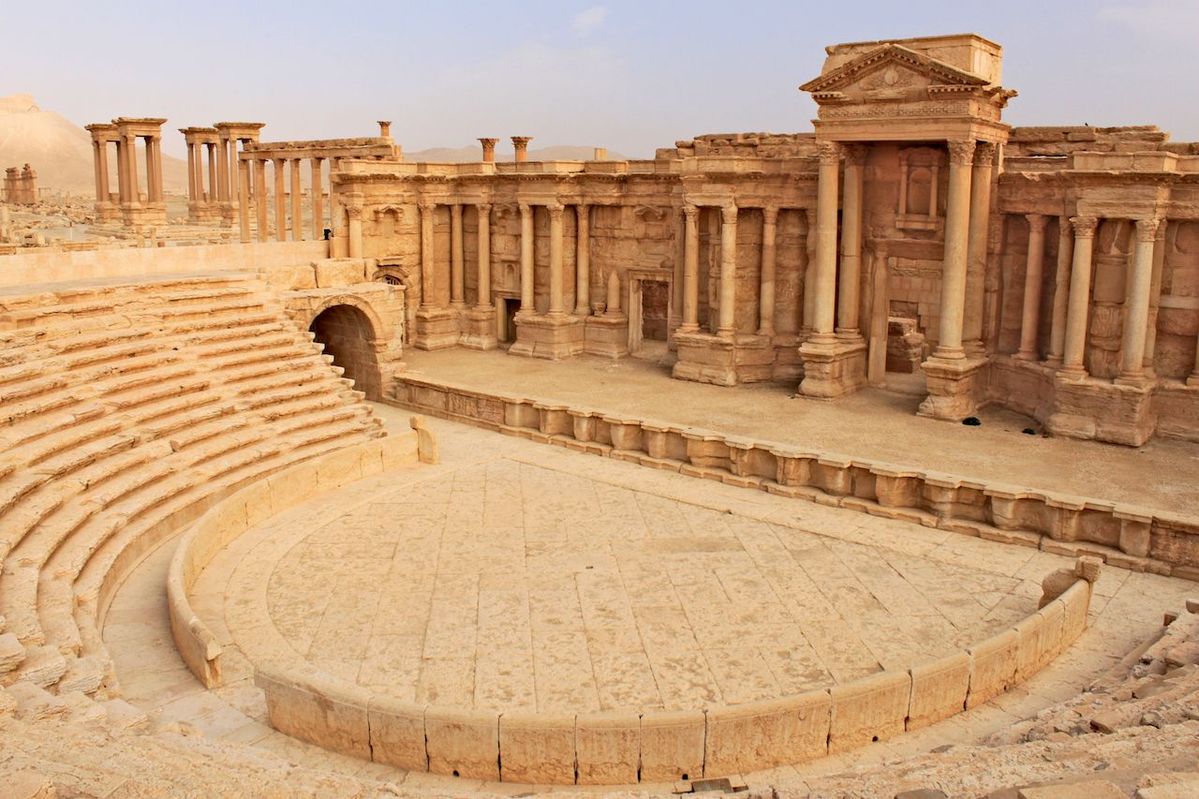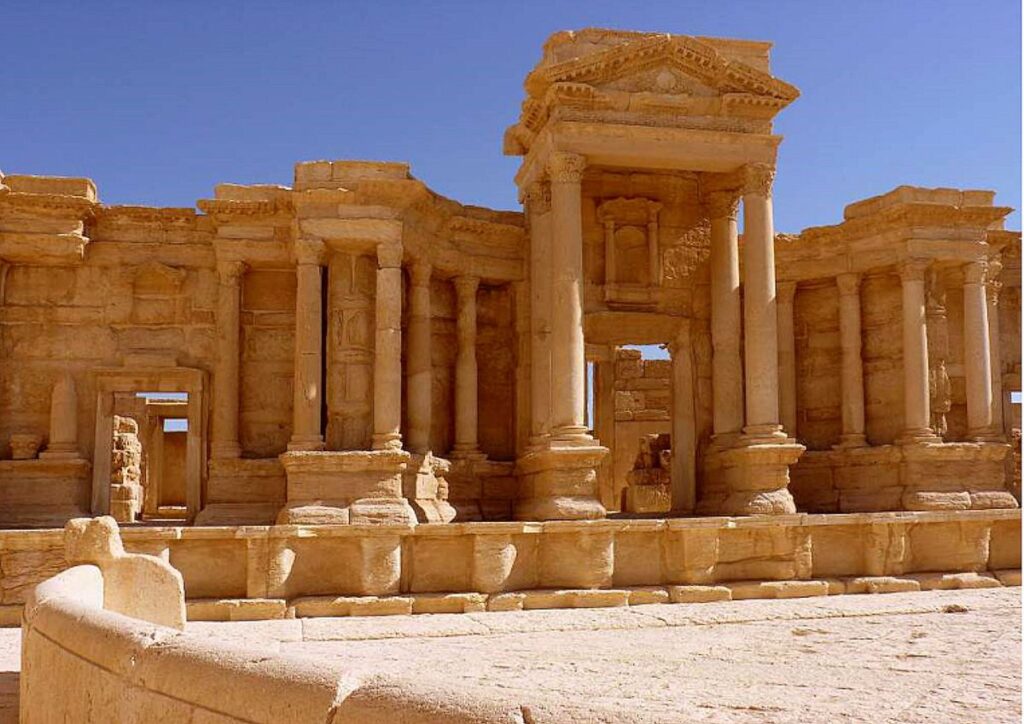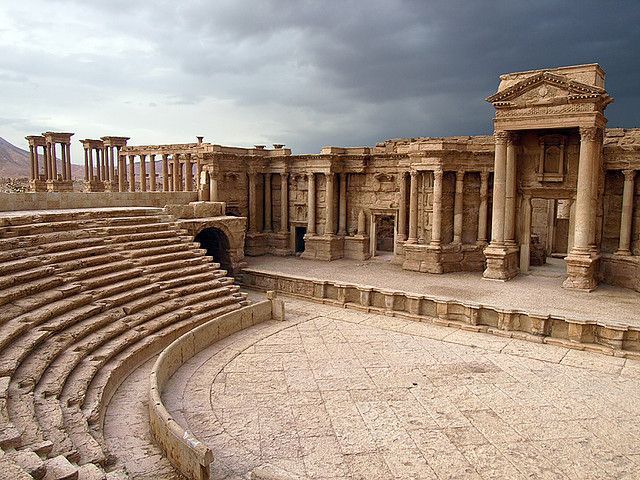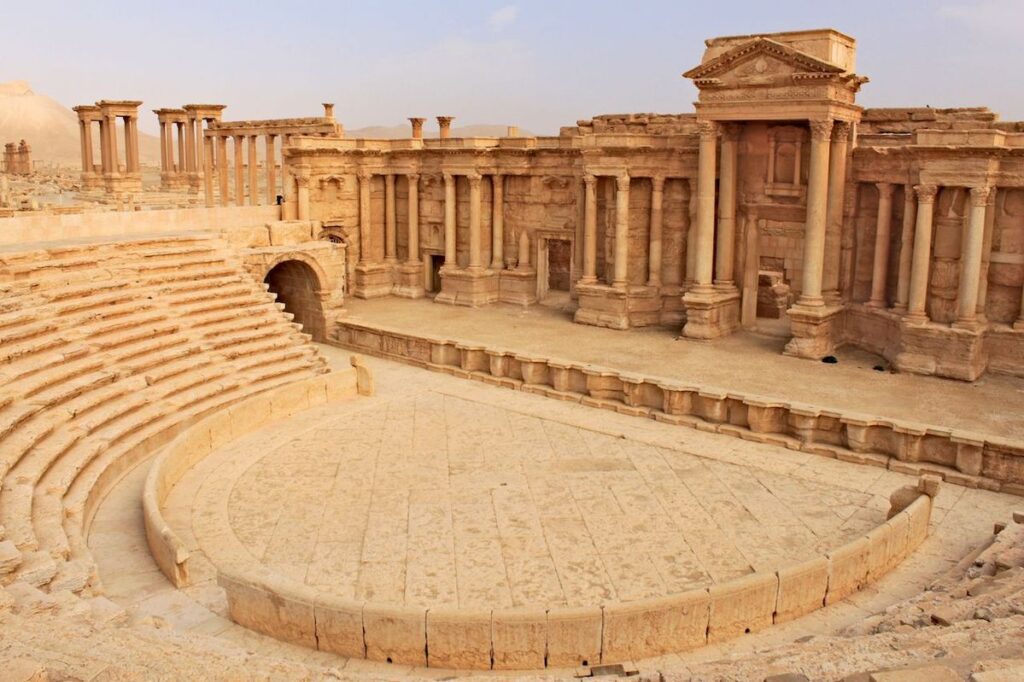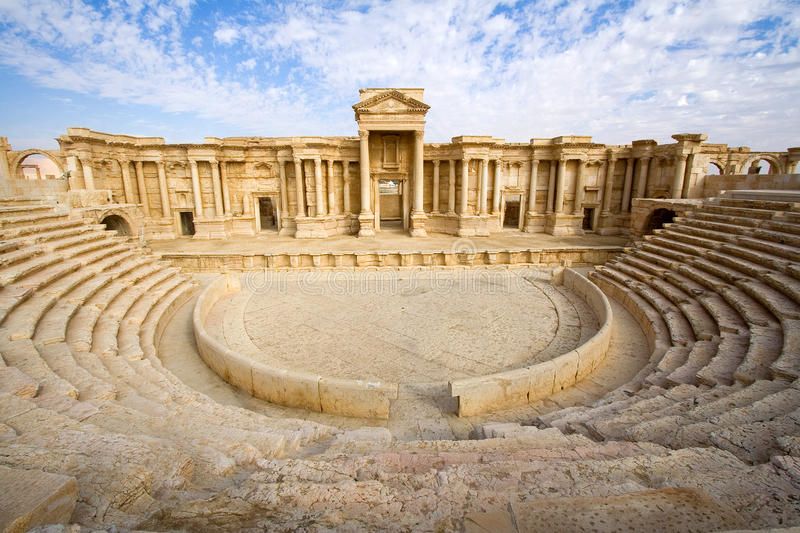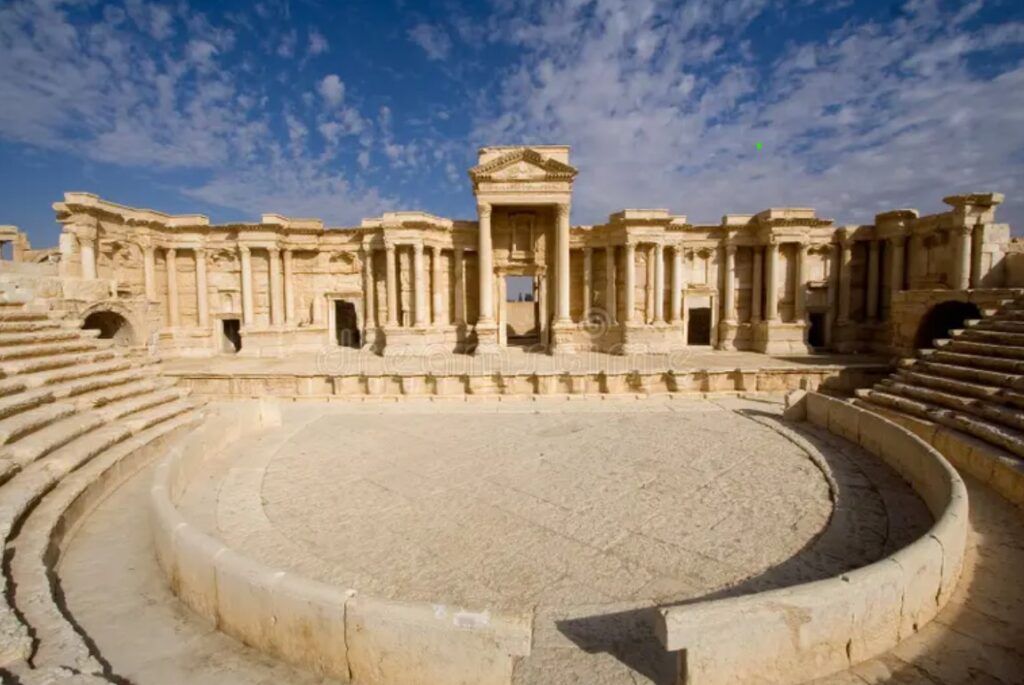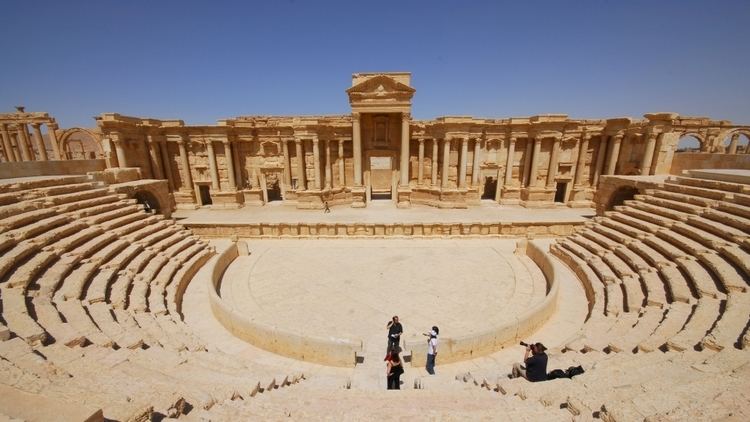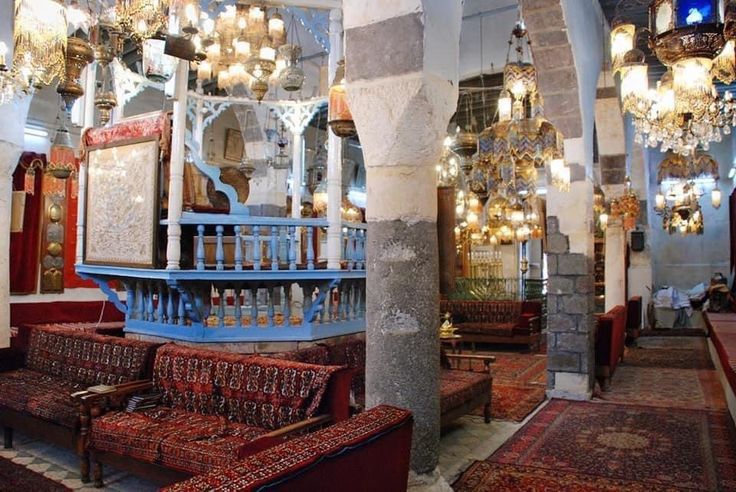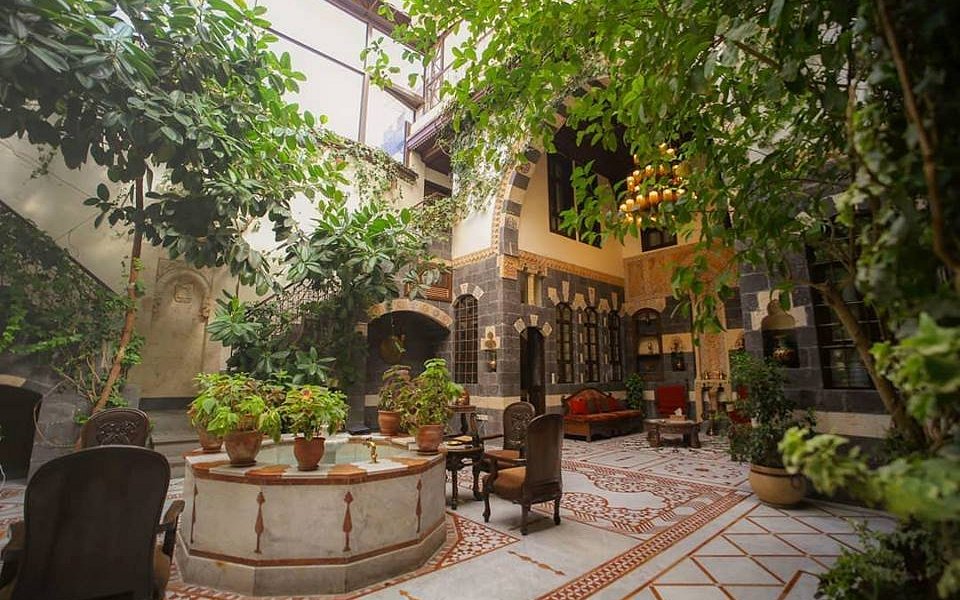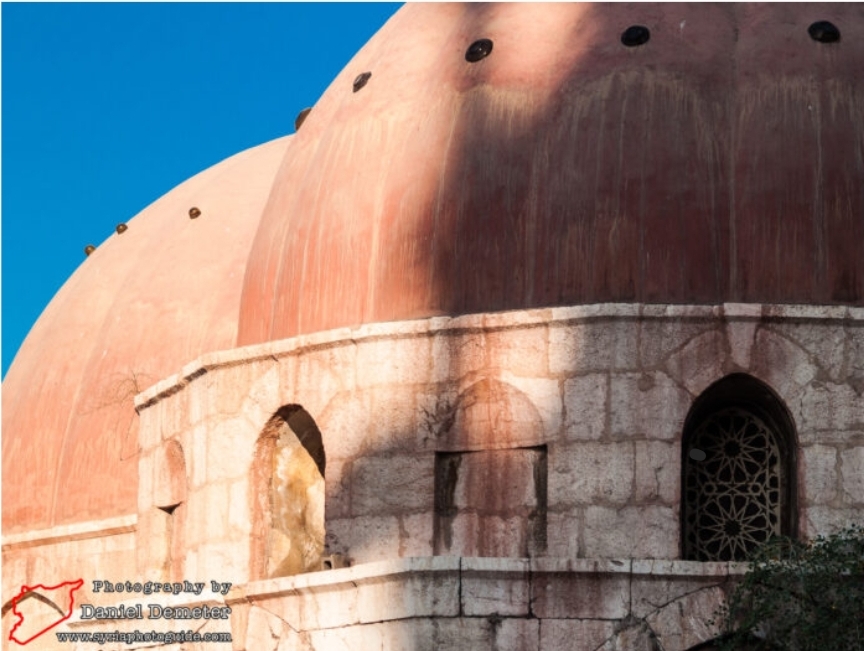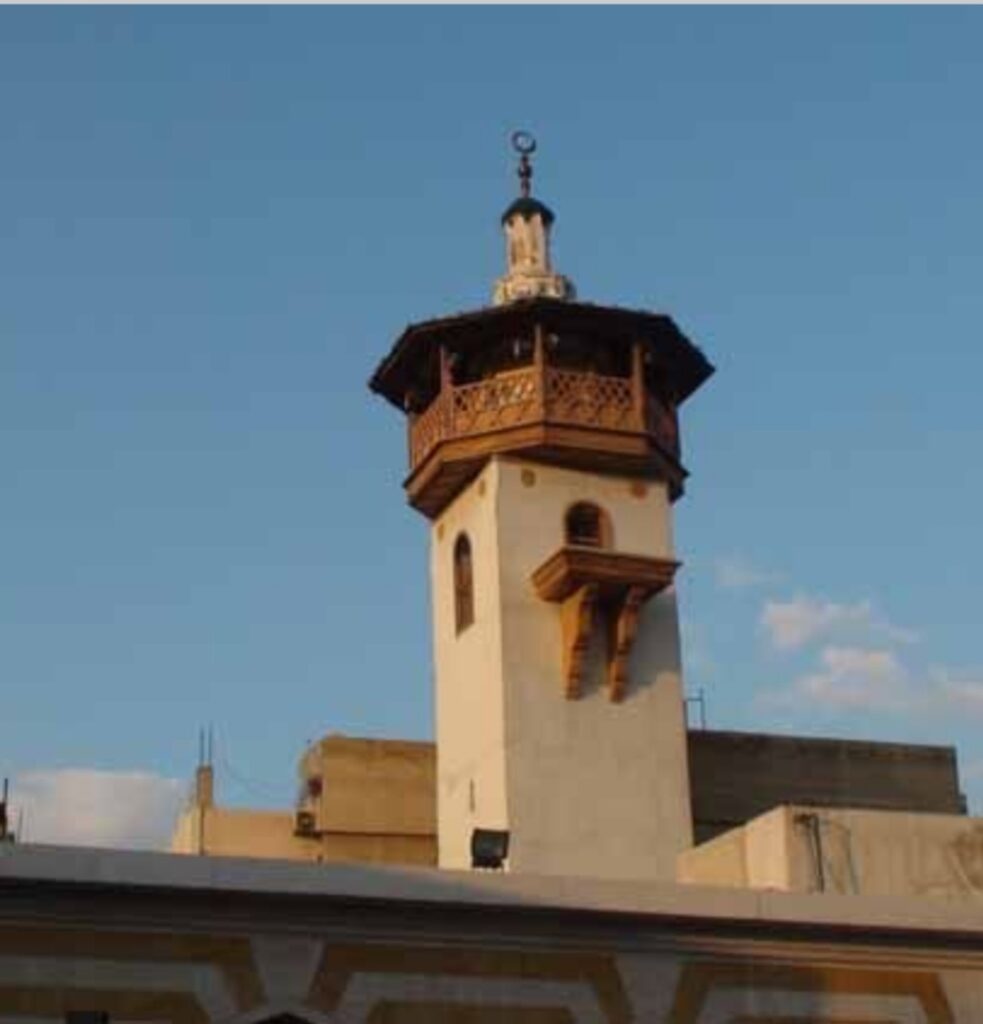The Palmyra Theater is aligned on an east-west axis within the city’s main cardo. Construction began in the early 2nd century during the reign of Trajan and was completed in three phases under Hadrian. The orchestra has a radius of 23 meters, and the audience would ascend 11 tiers of local limestone benches. The stage wall (scaenae frons) is adorned with semi-circular niches that once held statues of the city’s elders. The acoustic experience was enhanced by resonance cavities beneath the wooden floor. After a long period of neglect, the Directorate of Antiquities restored it from 1958 to 1975, after which it was used as a stage for the Palmyra International Festivals until 2010.
The theater is a unique example of adapting a Roman plan to desert architectural traditions and is a fundamental element of Palmyra’s value as a World Heritage site. Today, the site is part of sustainable tourism plans that connect the palm oasis to the new urban fabric of the city of Palmyra.
